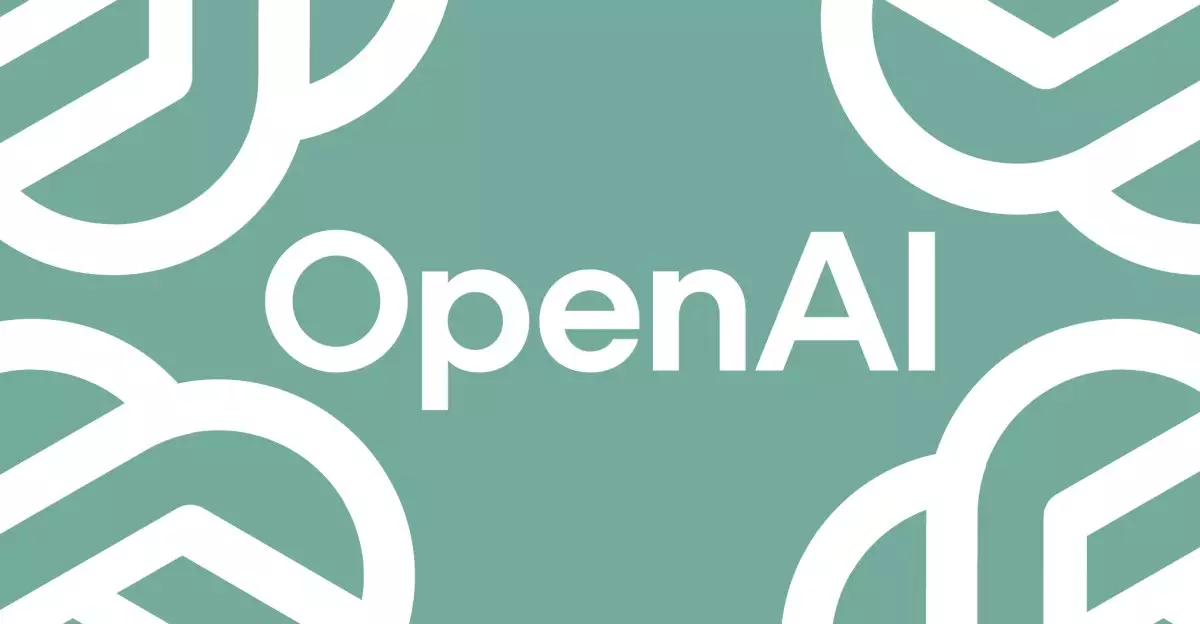In the ever-evolving landscape of artificial intelligence, OpenAI’s announcement of the GPT-4.1 multimodal model signifies a pivotal moment. Following the initial enthusiasm surrounding the GPT-4o model, this new iteration anticipates smarter AI with expanded capabilities. For enthusiasts and developers alike, the introduction of GPT-4.1 represents not just an evolution but a revolutionary leap in how we interact with AI technologies.
Enhanced Capabilities with Remarkable Performance
OpenAI touts that the GPT-4.1 is superior across various dimensions compared to its predecessor. The most notable advancement is its ability to handle a staggering one million tokens, marking a significant increase from the 128,000-token limitation of GPT-4o. This monumental jump allows users to input far more extensive data, including diverse multimedia elements. It illustrates OpenAI’s dedication to refining context management, as they assert that the model can “reliably attend to information across the full 1 million context length.” Such functionality enhances the AI’s understanding and relevance, potentially transforming applications across industries, from education to entertainment.
Furthermore, there’s a continued emphasis on cost-effectiveness, with GPT-4.1 being 26 percent cheaper than its predecessors. In a market where efficiency can make or break a project, OpenAI’s strategic decision to lower costs alongside improvements reaffirms its commitment to making high-quality AI accessible.
The Shift in Development Focus
The launch of GPT-4.1 also highlights a significant shift in OpenAI’s development strategy. As they prepare to phase out the older GPT-4 model, the company seems to be consolidating its focus on more advanced technologies. This transition aligns with the announcement from CEO Sam Altman regarding the postponed release of GPT-5. While anticipation continues to build for the next generation, OpenAI appears to be ensuring that their current offerings remain competitive and state-of-the-art. The phased depreciation of GPT-4 also suggests a move towards streamlined and efficient AI models, likely a reaction to emerging competitors like DeepSeek.
Accessibility and Exploring New Horizons
In tandem with GPT-4.1, OpenAI has introduced two more compact variants—GPT-4.1 Mini and Nano. These models are designed with affordability in mind, aimed at attracting a broader developer base. The Nano model, in particular, is billed as the “smallest, fastest, and cheapest,” possibly poised to cater to startups and smaller enterprises eager to integrate AI without breaking the bank. This strategic diversification fosters innovation by lowering barriers to entry for developers keen on harnessing AI’s potential.
Moreover, the popularity of new image-generation capabilities has demonstrated a burgeoning interest in multimodal interactions, showcasing the user demand for increasingly sophisticated AI functionalities.
Concluding Reflections on AI Advancement
As advancements in AI continue to accelerate, the introduction of GPT-4.1 and its derivatives represents not only remarkable technological progress but also a strategic positioning by OpenAI to lead an increasingly competitive field. The enhancements in context management, cost-efficiency, and accessibility from the new models highlight significant opportunities for developers and innovators eager to embrace the future of artificial intelligence. An exciting journey lies ahead as OpenAI extends the boundaries of what’s possible in communications and interactions, truly shaping the interplay between humans and machines.

